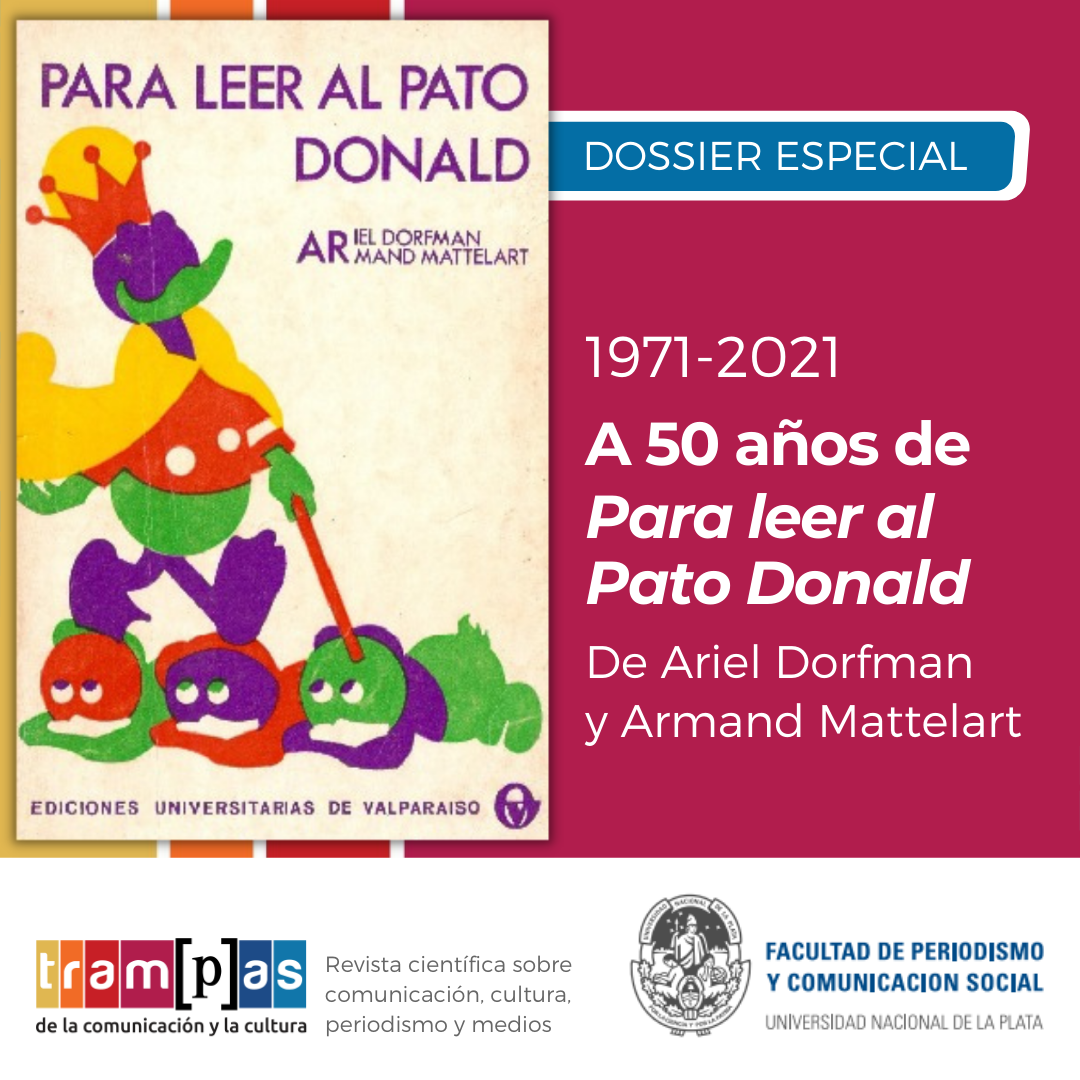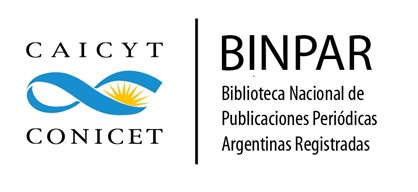ZAMBA´S STORY
IDEOLOGICAL ASSESSMENTS IN CHILDREN'S AUDIOVISUAL
DOI:
https://doi.org/10.24215/2314274xe044Keywords:
audiovisual, Zamba, social meanings, circulationAbstract
The article analyzes evaluations of the audiovisual product La asombrosa excursión de Zamba, promoted by the Argentine Ministry of Education during the period 2010-2015 and with circulation still in 2016. The analysis is part of an investigation on the circulation of the children's television program. It focuses on the exploration of communicational mediations that are established in relation to historical, ideological, political and aesthetic meanings. Starting from placing the inquiry in circulation, some evaluations of digital press and CABA teachers about the narrative and aesthetic modes of the product are analyzed.
Downloads
References
Bourdieu, P. (1991). El sentido práctico. Madrid, España: Taurus.
Comité Federal de Radiodifusión (COMFER). (2009). Informe Contenidos de la Televisión Abierta Argentina. Origen de la Producción - Tipo de Programas - Estructura de Propiedad.
Grossberg, L. (2006). Stuart Hall sobre raza y racismo: estudios culturales y la práctica del contextualismo. Tabula Rasa, (5), 47-54. Recuperado de https://revistas.unicolmayor.edu.co/index.php/tabularasa/article/view/1588
Guber, R. (2009) [1991]. El salvaje metropolitano. Ciudad Autónoma de Buenos Aires, Argentina: Paidós.
Hall, S. (1984). Notas sobre la deconstrucción de lo popular. En R. Samuels (Ed.), Historia popular y teoría socialista (pp. 93-112). Barcelona, España: Crítica.
Hall, S. (1980). Culture, Media and Language. Londres, Inglaterra: Hutchinson.
Volóshinov, V. N. (2009) [1929]. El marxismo y la filosofía del lenguaje (Trad. de Tatiana Bubnova). Ciudad Autónoma de Buenos Aires, Argentina: Godot.
Williams, R. (2000). Marxismo y literatura. Barcelona, España: Biblos.
Additional Files
Published
How to Cite
Issue
Section
License
Copyright (c) 2020 Sabina Crivelli

This work is licensed under a Creative Commons Attribution-NonCommercial-ShareAlike 4.0 International License.
Política vigente a partir del número 82 (2018).
Los materiales incluidos en ediciones previas se publicaron bajo una licencia BY-NC-ND.
La aceptación de un original por parte de la revista implica la cesión no exclusiva de los derechos patrimoniales de los/as autores/as en favor del editor, quien permite la reutilización, luego de su edición (postprint), bajo una Licencia Creative Commons Atribución-NoComercial-CompartirIgual 4.0 Internacional (CC BY-NC-SA 4.0)
Acorde a estos términos, el material se puede compartir (copiar y redistribuir en cualquier medio o formato) y adaptar (remezclar, transformar y crear a partir del material otra obra), siempre que a) se cite la autoría y la fuente original de su publicación (revista y URL de la obra), b) no se use para fines comerciales y c) se mantengan los mismos términos de la licencia.
La cesión de derechos no exclusivos implica que luego de su edición (postprint) en Tram[p]as de la comunicación y la cultura las/os autoras/es pueden publicar su trabajo en cualquier idioma, medio y formato; en tales casos, se solicita que se consigne que el material fue publicado originalmente en esta revista.
Tal cesión supone, también, la autorización de los/as autores/as para que el trabajo sea cosechado por SEDICI, el repositorio institucional de la Universidad Nacional de La Plata, y sea difundido en las bases de datos que el equipo editorial considere adecuadas para incrementar la visibilidad de la publicación y de sus autores/as.
Asimismo, la revista incentiva a las/os autoras/es para que luego de su publicación en Tram[p]as de la comunicación y la cultura depositen sus producciones en otros repositorios institucionales y temáticos, bajo el principio de que ofrecer a la sociedad la producción científica y académica sin restricciones contribuye a un mayor intercambio del conocimiento global.









.png)






















